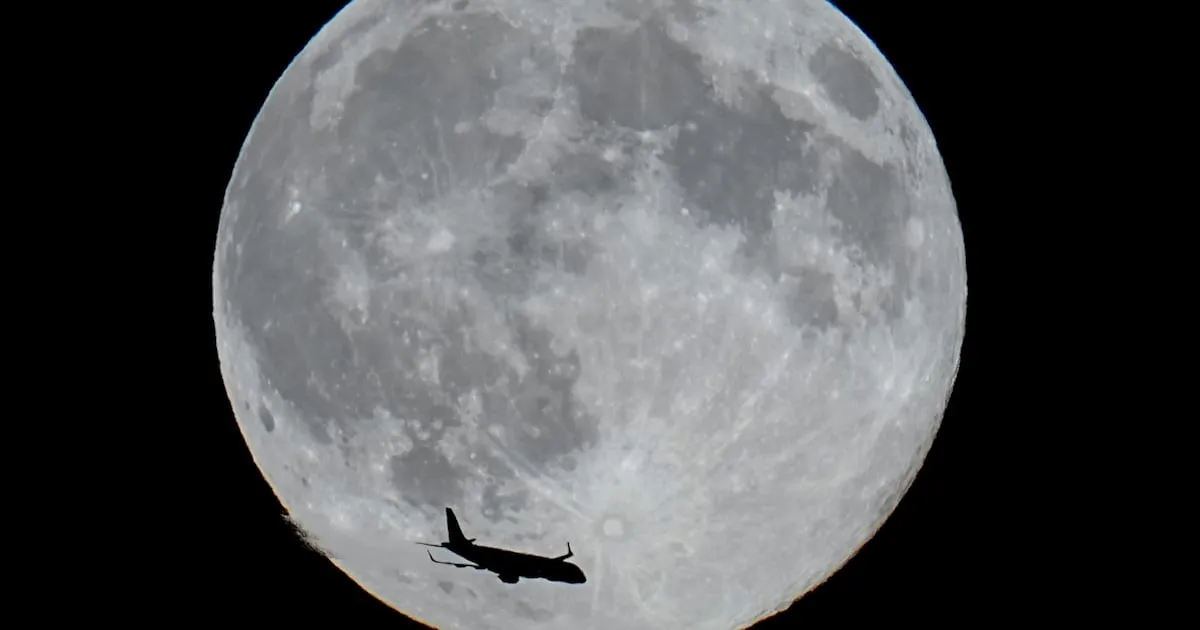
In a fascinating turn of events just before Halloween, two bright flashes emitted from the Moon were captured in stunning images by astronomer Daichi Fujii, the curator at the Hiratsuka City Museum in Japan. These celestial phenomena were recorded on October 30 and November 1, showcasing the dynamic interactions between space objects and our Moon.
Fujii's first observation occurred on the evening of October 30, at precisely 8:33 p.m. He described the second flash, which he recorded two days later, as “another bright one” during an interview with The New York Times. These flashes are the result of collisions between meteoroids and the lunar surface, events that are intriguing to both scientists and casual observers alike.
The objects crashing into the Moon travel at astonishing speeds of approximately 60,000 mph. Due to the Moon's lack of a significant atmosphere, these objects strike the surface with incredible force, creating visible fireballs even from Earth. According to The New York Times, the energy released during these impacts is so intense that we can detect them despite the size of the impacting object being merely a few feet long.
Astronomers like Fujii monitor the Moon for such impact events to gain insights into how its surface changes over time. In the past 14 years, Fujii has documented approximately 60 impacts, demonstrating his commitment to lunar research. “I want the public to enjoy science,” he emphasized, showcasing his passion for astronomy and public engagement.
While these remarkable observations have sparked interest, it's important to note that NASA has not yet publicly verified the flashes due to the ongoing government shutdown. This adds an element of uncertainty to the excitement surrounding these lunar phenomena.
As the world looks to the skies, Fujii's observations remind us of the wonders of the universe and the ongoing quest to understand our celestial neighbor, the Moon.